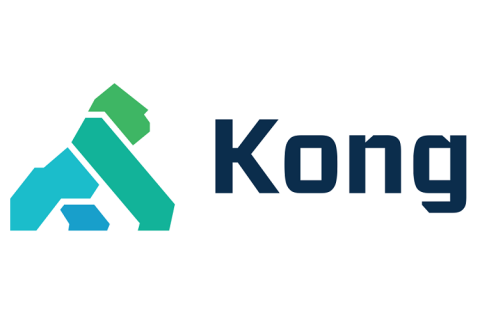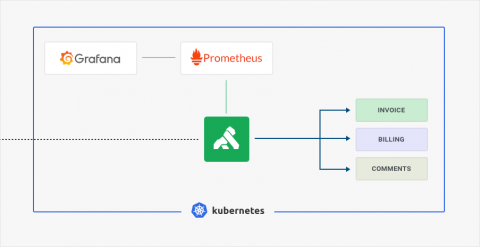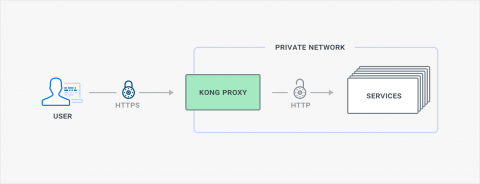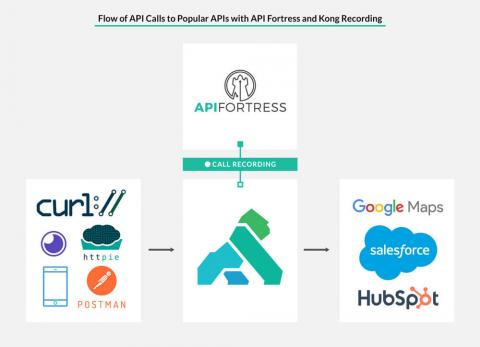Join our New Kong Champions Program!
Today, we’re excited to launch the Kong Champions Program, a new program that recognizes Kong’s “super” users and contributors – community members who go above and beyond in supporting Kong’s open source product – and gives them unique opportunities to make an impact on the Kong community. Kong was founded on open source DNA, and we remain committed to building and fostering a vibrant community that together achieves great things.










